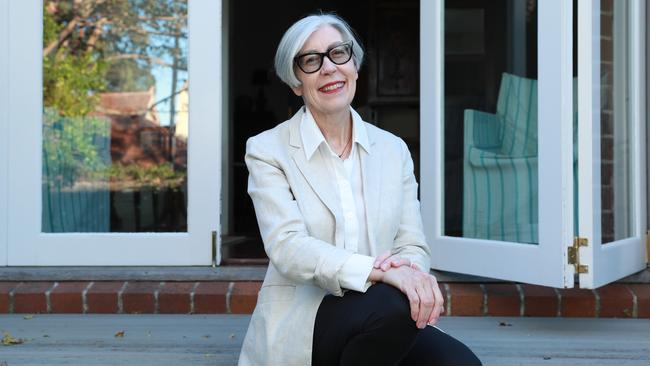Women in Media Gender Scorecard: Women still lag behind men as media sources
Women remain largely under-represented in stories in the media and experts say changes need to be made to rectify the long-running problem.

Women remain largely under-represented as sources quoted in the media, with female voices used in only 30 per cent of Australian news stories, a study has revealed.
Despite this, the number of women featured in media coverage overall is on the rise, according to the latest Women in Media Gender Scorecard, to be released on Monday.
The comprehensive study, compiled by Women in Media, the member organisation for women working in the media, used Isentia data to analyse more than 18,300 print, radio and television reports during a 14-day period in July last year.
The research found that while males are quoted in news reports 70 per cent of the time, their representation has fallen slightly – down from 77 per cent – compared to the last study of its kind, conducted in 2016.
Isentia’s insights director, Ngaire Crawford, said the lack of women being quoted in stories needs to be brought to the attention of journalists so they can proactively implement measures to change their thinking around who they choose to interview.
“It shines a light on things … it probably is unconscious bias, but it’s so fixable,” she said.
“It's also who companies choose on their behalf (to speak to the media), and they need to specifically address the fields that are over-represented with males.”
She said companies should pay closer attention to which employees they ask to speak to the media on behalf of the organisation to ensure females were more often included in stories.
“It involves making sure there’s a conscious effort for females to be representative as sources when they can, and also making sure communications professionals and PR people inside organisations are making sure there is the opportunity (for women) to speak,” Ms Campbell said.
Award-winning journalist and author Catherine Fox said the lack of women being quoted in stories has “been a problem for quite a long time”.
“Old habits die hard and for those of us who work in newsrooms and are under pressure with deadlines, you tend to have your contacts and over time there have been more men in positions of authority,” she said.
“For media organisations to tackle this there has to be more effort.
“There are some lists that various organisations have put together of women who are happy to be quoted.”
Ms Fox said the issue could easily be addressed if journalists were made aware that changes need to be made to close the gender gap.
“For media organisations and journalists it needs to be something where you make an intentional change, so you are including more women as sources and experts,” she said.
Organisations quoted in the media also needed to take steps to identify more female talent internally and provide support to them, such as offering appropriate media training to allow them to become experts who can be interviewed and quoted in news reports, Ms Fox said.
She noted in the finance sector more female economists were being quoted in recent years and she hoped to see the same progression in other industries, including sport.
The research showed that in sports stories, just 16 per cent of sources quoted are women. Other areas also struggling with female representation include defence (17 per cent), motoring (21 per cent) and finance (21 per cent). Despite this, females did dominate in lifestyle stories (61 per cent) and education (56 per cent).
According to the report, based on its current trajectory, women and men will not be evenly represented as authors, sources and experts in the media until 2034.




To join the conversation, please log in. Don't have an account? Register
Join the conversation, you are commenting as Logout